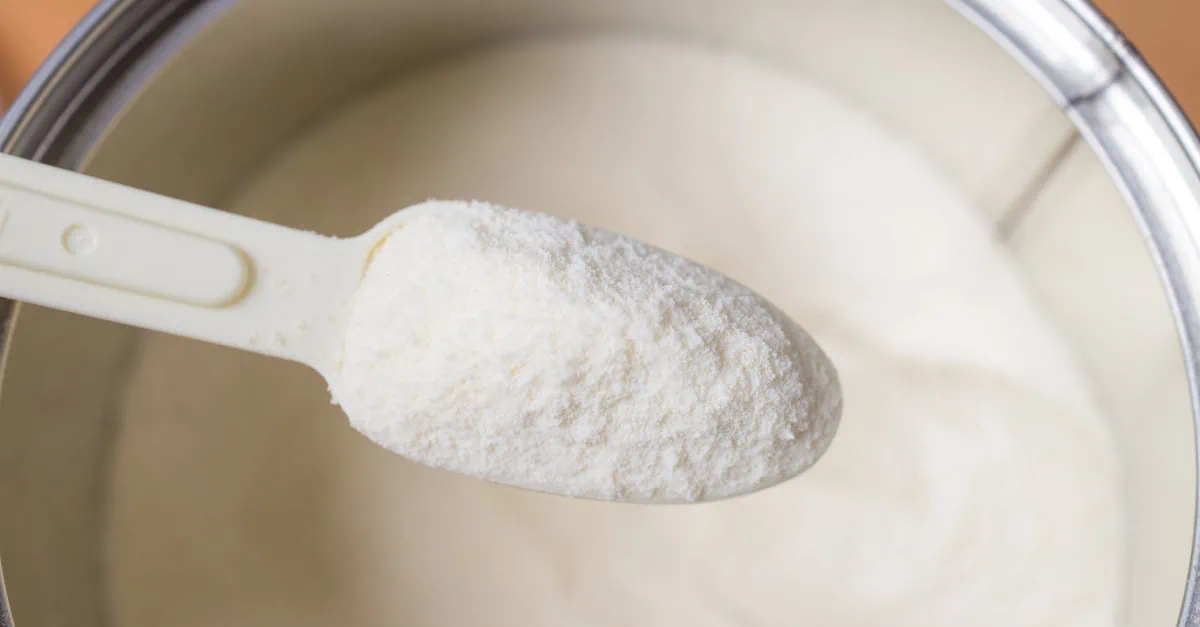June 18, 2025 – Market Analysis
Global dairy markets are experiencing a tale of two commodities as butter prices maintain strength while milk powder markets show signs of seasonal weakness. The divergence between fat and protein-based dairy products is creating challenging trading conditions, with wide spreads between buyer and seller expectations across major producing regions.
Butter markets defy gravity amid cream price volatility
European butter markets continue to demonstrate remarkable resilience, holding firm despite mounting pressure from both buyers and seasonal factors. The commodity is maintaining elevated price levels even as cream costs have surged due to warmer weather conditions across major dairy regions.
Market participants report that buyers are showing reluctance to engage at current price levels, while sellers remain equally hesitant to reduce offers significantly. This standoff is creating the classic “no man’s land” scenario where trading activity remains limited despite clear market interest from both sides.
The global butter market is showing stark regional variations, with European and Oceanian butter commanding substantial premiums over US origins. American butter markets are experiencing their own tightening dynamics, supported by robust domestic consumption and strong export performance that has exceeded previous year levels by double-digit percentages.
Milk powder markets signal potential summer slump
Skim milk powder (SMP) markets are painting a different picture entirely, with European spot prices dropping to levels that suggest abundant availability and urgent selling pressure. The recent Global Dairy Trade auction results have reinforced concerns about weakening global demand, particularly as markets potentially enter the traditional summer demand lull.
The pricing environment for SMP shows considerable variation, with premium branded products commanding significant premiums over commodity-grade material. Currency headwinds are adding complexity for European exporters, as exchange rate movements are limiting competitive positioning in key international markets.
Regional demand patterns are providing mixed signals, with some North American markets offering just enough support to prevent significant price deterioration, while broader export demand remains subdued.
Whole milk powder caught between fat and protein dynamics
Whole milk powder (WMP) markets are finding themselves in a unique position, benefiting from the strength in butter markets while simultaneously facing headwinds from the protein complex. European WMP prices are holding relatively stable, supported by consistent buyer interest around current levels.
However, the broader food industry landscape is creating unexpected challenges. The ongoing crisis in cocoa markets, with prices reaching unprecedented levels, is impacting chocolate manufacturers’ procurement strategies. This indirect effect is reducing demand for WMP from confectionery applications, creating additional downward pressure on the market.
Recent auction results have confirmed the global nature of this demand weakness, with WMP prices declining alongside other milk powder categories.
Currency and seasonal factors add complexity
Exchange rate movements are playing an increasingly important role in global pricing dynamics. The strengthening euro against other major currencies is creating additional challenges for European dairy exporters, limiting their competitiveness in key international markets.
Seasonal factors are also beginning to assert themselves, with warmer weather affecting both production costs and demand patterns. The potential onset of the traditional summer demand slowdown is adding uncertainty to market outlooks across all dairy categories.
Market outlook: divergence likely to continue
The fundamental supply-demand balance varies significantly across dairy product categories. While butter markets continue to benefit from strong consumption and limited availability, milk powder segments are grappling with oversupply conditions and weakening demand.
Industry analysts suggest that the current market dynamics reflect deeper structural shifts in global dairy consumption patterns, trade relationships, and production capabilities. The sustainability of current pricing differentials will largely depend on how quickly demand patterns normalize and whether seasonal factors prove temporary or indicative of longer-term trends.
Access the full butter, SMP & WMP analysis on the Vesper platform here: https://app.vespertool.com/market-analysis/2026





